15 Best Plants to Grow In Southern California (With Pictures)
-

- Last updated:

Even though it can be difficult to find plants that grow in the hot and dry environment of Southern California, certain plants thrive in these conditions. If you know what plants to look for, you can grow a beautiful Southern California garden.
Below, we go over the 15 best plants to grow in Southern California. This list includes flowers, bushes, and even vegetables. Scroll down to learn which plants are best to grow in your area.
The 15 Best Plants to Grow In Southern California
1. Lilacs
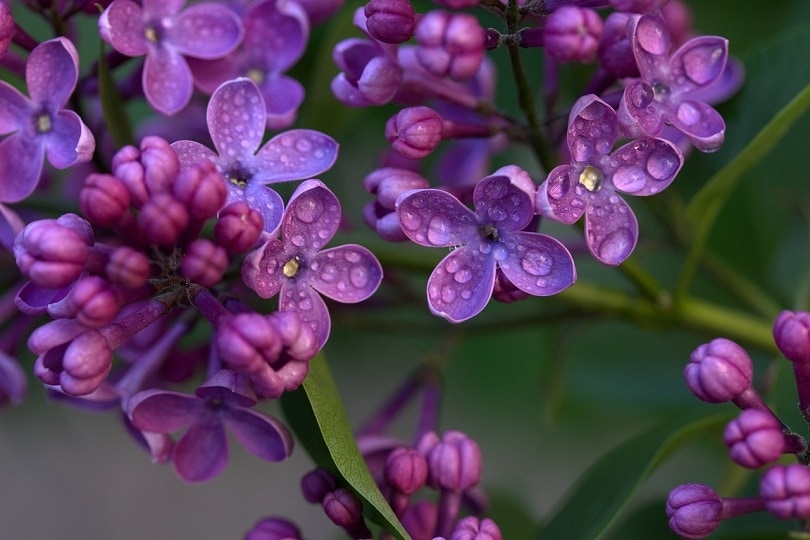
| USDA Hardiness Region | 5–9 |
| Sun | Full sun |
If you want to start a pollinator garden, these are some of the best flowers to select. Lilacs grow beautifully in Southern California, and they attract bees from left and right. White, yellow, and blue lilacs are a favorite among bees because of their unique color and nectar.
Blue lilacs are especially a favorite in Southern California because they are beautiful to look at and smell great to humans. Make sure your lilacs get full sun so that they blossom and grow.
- Native to Southern California
- Beautiful
- Several varieties to choose from
- Attracts pollinators
- Need full sun
2. Poppies

| USDA Hardiness Region | 2–8 |
| Sun | Full sun |
There are many types of poppy species that grow in Southern California. One of the most popular is the California poppy. In case you are unfamiliar, the California poppy is the state flower.
California poppies are great flowers to plant because they self-seed every year. This means you don’t have to do as much work to ensure that your poppies come back. Instead, they will do the hard work for you while you get to enjoy the beautiful flowers.
- Native to Southern California
- Beautiful
- Several varieties to choose from
- Self-seeds
- Need full sun
3. Salvia
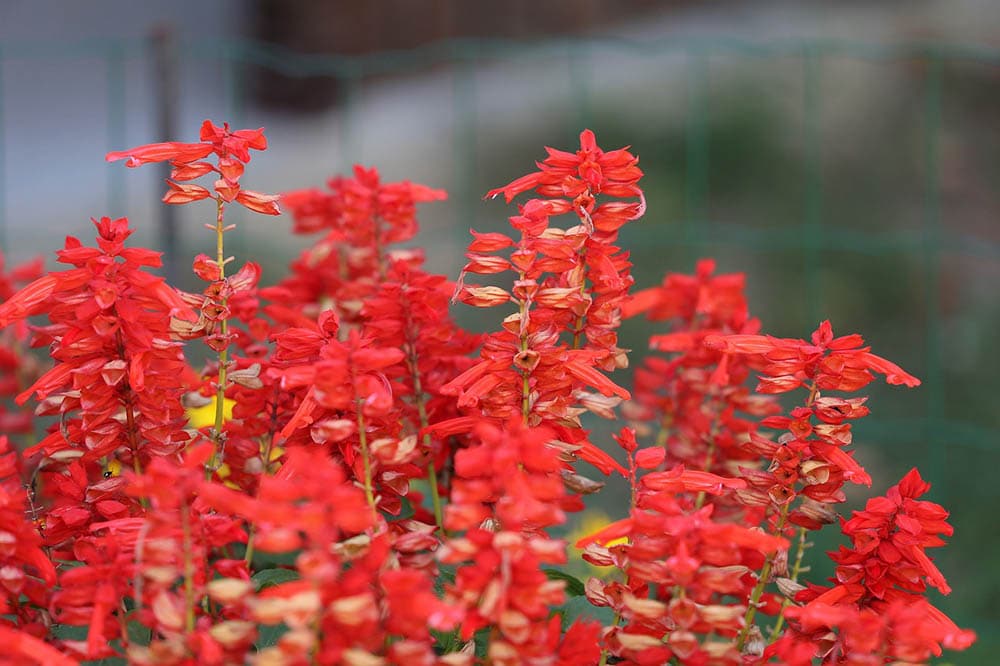
| USDA Hardiness Region | 5–7 |
| Sun | Full sun to partial shade |
Salvia is another great flower to plant in pollinator gardens. Its unique blossoms and nectar attract bees, butterflies, and even hummingbirds. In other words, salvia is guaranteed to make your garden full of life.
Better yet, salvia is drought resistant and chill resistant. So, you don’t have to worry about your flowers dying in a particularly hot, dry, or cold season. You can even choose between several varieties.
- Native to Southern California
- Beautiful
- Several varieties to choose from
- Drought and chill resistant
- Attracts pollinators
- Requires a lot of space to grow
4. Penstemon
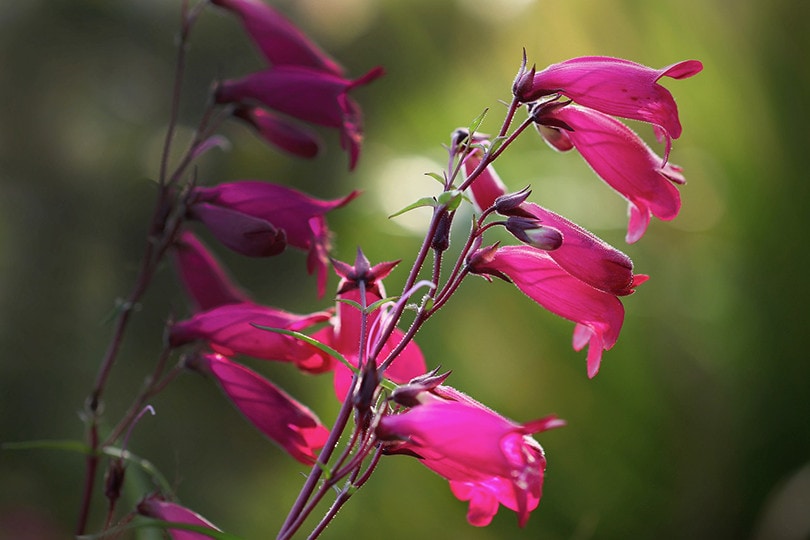
| USDA Hardiness Region | 6–8 |
| Sun | Full sun to partial shade |
Penstemon is a favorite for bees and other pollinators. The plants have large and tubular flowers that bees and other pollinators can land on. More so, its vibrant coloration means that bees are drawn to the flowers.
Penstemon looks beautiful in any garden. A favorite in Southern California is red varieties because it adds a lot of life, color, and texture to the area.
- Native to Southern California
- Beautiful
- Several varieties to choose from
- Attracts pollinators
- Requires a lot of space to grow
5. Morning Glory
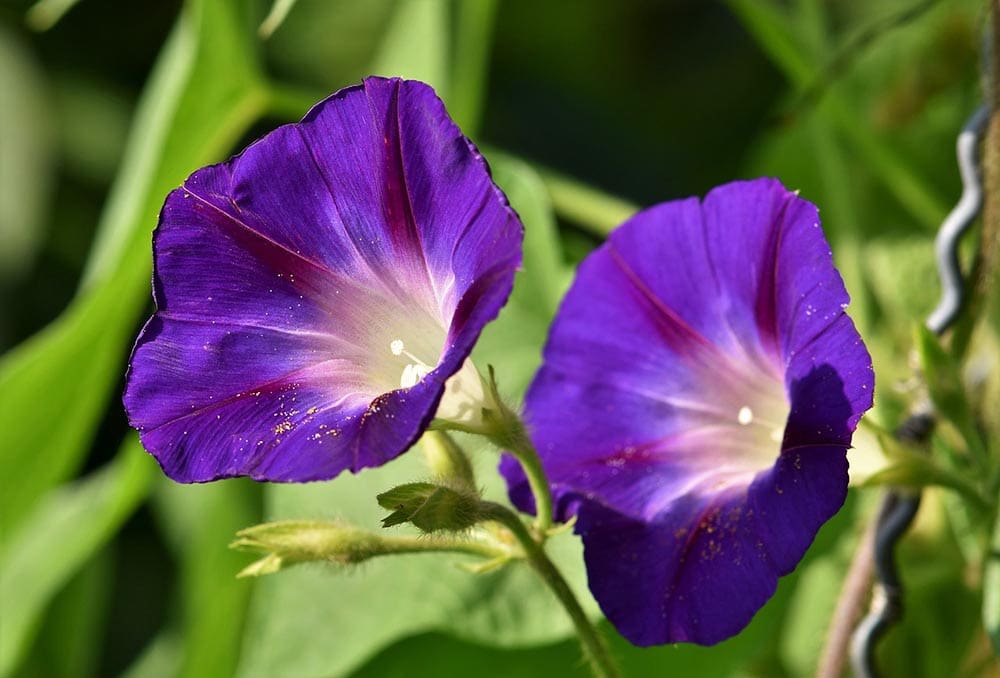
| USDA Hardiness Region | 3–10 |
| Sun | Full sun |
Morning glories make fantastic additions to your garden if you are trying to hide fences or create a beautiful boundary. Morning glories are grouped together and will grow around the fence or boundary in an attractive way.
At the same time, these flowers are fantastic for attracting pollinators. Bees are especially attracted to morning glories.
- Native to Southern California
- Beautiful
- Several varieties to choose from
- Attracts pollinators
- Needs a lot of space
6. Rose Buckwheat
| USDA Hardiness Region | 6–8 |
| Sun | Full sun |
A unique plant that you might want to add to your Southern California garden is rose buckwheat. Rose buckwheat produces large plumes of flowers and leaves. The leaves have a uniquely gray color and spoon shape.
If you have a slope in your garden, rose buckwheat is a fantastic variety to plant. Because of this fact, rose buckwheat is often selected in the hills of Southern California.
- Native to Southern California
- Beautiful
- Grows on slopes
- Grows tall
7. Daisies
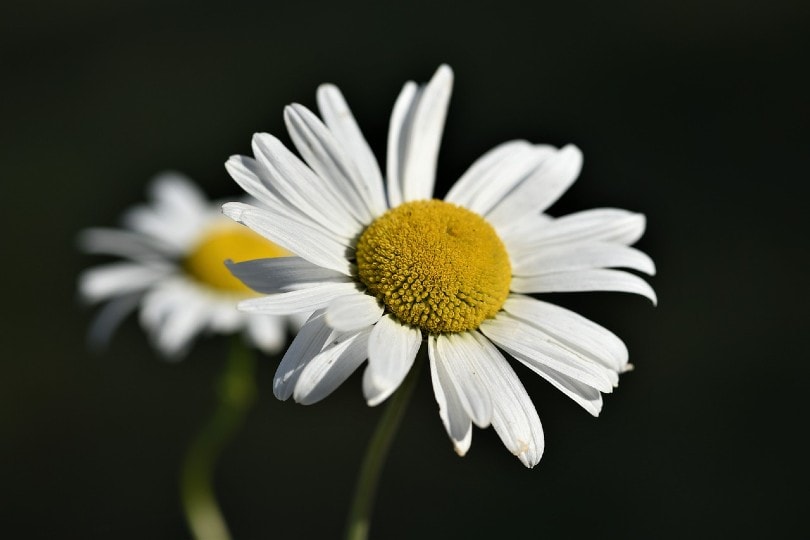
| USDA Hardiness Region | 5–8 |
| Sun | Full sun to partial shade |
If you are looking for border flowers, daisies may be the pick for you. Daisies are relatively easy to grow, and they have a simple yet elegant look that everyone loves. There are several daisy varieties that grow in Southern California.
Santa Barbra daisies, for example, is a great pick. These flowers are tiny and do not grow very tall, which makes them a beautiful plant when placed next to taller varieties.
- Native to Southern California
- Beautiful
- Make great borders
- Pedestrian
8. Flannel Bush

| USDA Hardiness Region | 8–10 |
| Sun | Full sun |
Flannel bush is one of the most attractive bushes you can select. It has bright yellow blossoms that are known for attracting all types of pollinators, including bees, butterflies, and hummingbirds.
In addition to its gorgeous coloration, this bush is known to grow really large, making it a great favorite among individuals who want to cover a lot of space with one plant.
- Native to Southern California
- Beautiful
- Attracts pollinators
- Requires a lot of space
9. Giant Wild Rye
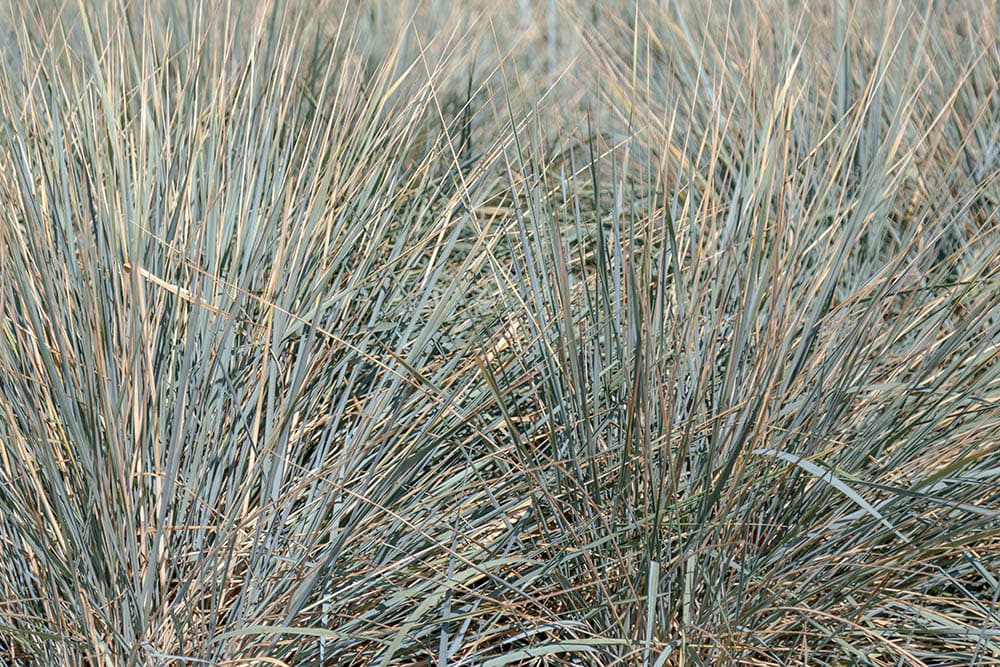
| USDA Hardiness Region | 6–9 |
| Sun | Full sun |
No garden is complete without clumps of grass. Giant wild rye is a favorite grass variety that is frequently seen in Southern California gardens. It is frequently used as a filler or a border plant.
This grass is popular because of its unique appearance. Its blades have a bluish tint, and they grow outwards in a large clump. It doesn’t even require much effort or watering once grown.
- Native to Southern California
- Unique look
- Great filler
- Should be paired with other plants and flowers
10. Hummingbird Sage
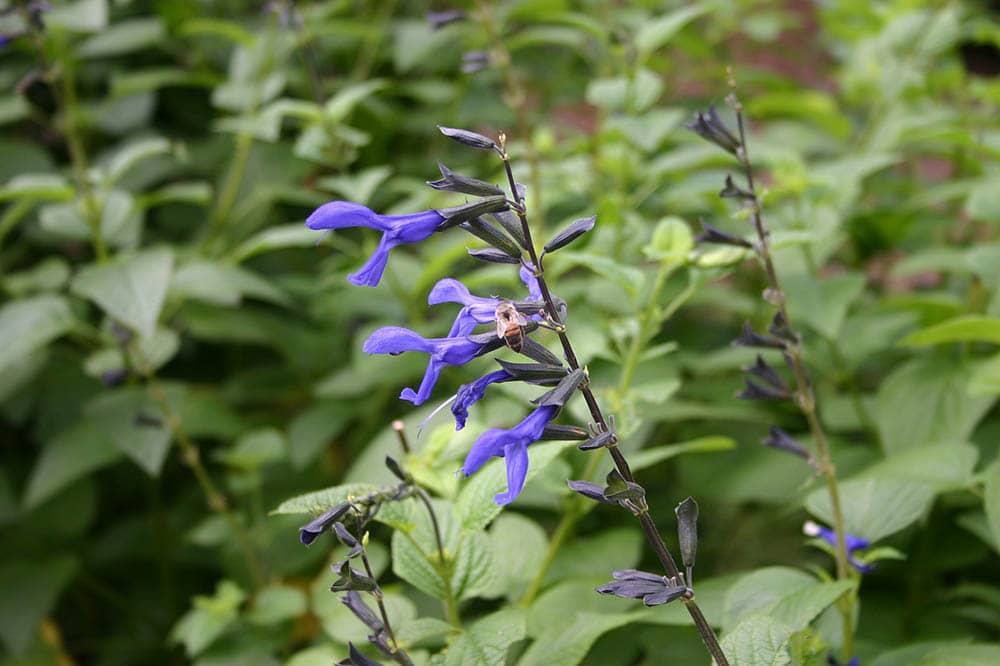
| USDA Hardiness Region | 8–11 |
| Sun | Full sun |
Sage is a favorite plant in Southern California, but hummingbird sage is especially loved. Its leaves are fragrant and fruity-smelling, and the stalks grow into bright pink flowers every spring.
As you might figure, hummingbird sage is a favorite among hummingbirds. If you want to attract hummingbirds and other pollinators, hummingbird sage is a great place to start. Cleveland sage is another variety to consider.
- Native to Southern California
- Beautiful
- Several varieties to choose from
- Attracts pollinators
- Needs full sun
11. Manzanita
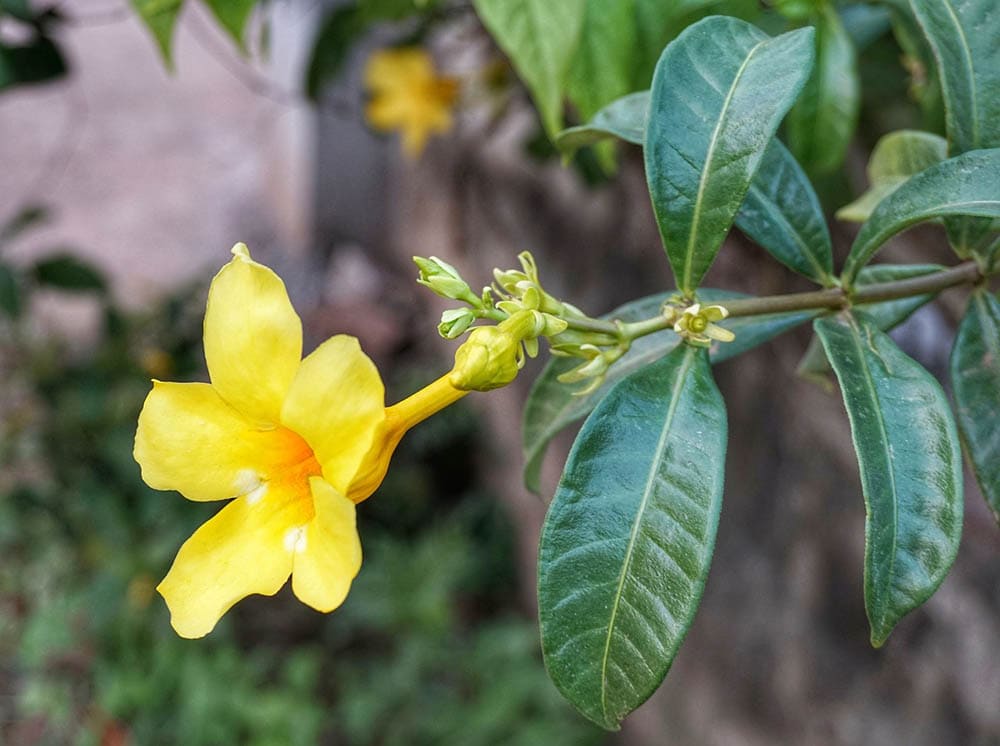
| USDA Hardiness Region | 8–10 |
| Sun | Full sun to partial sage |
Manzanita is a type of evergreen shrub. Many species can fall under this category, but most are a favorite around architectural structures. They are beloved because of their uniquely colored bark, which can be mahogany or ebony.
Manzanitas can cover a lot of ground and offer great heights with minimal effort. If you’re looking for a low-maintenance shrub or tree, a manzanita variety may be right for you.
- Native to Southern California
- Beautiful
- Several varieties to choose from
- Great around buildings
- Needs a lot of space
12. Shaw’s Agave
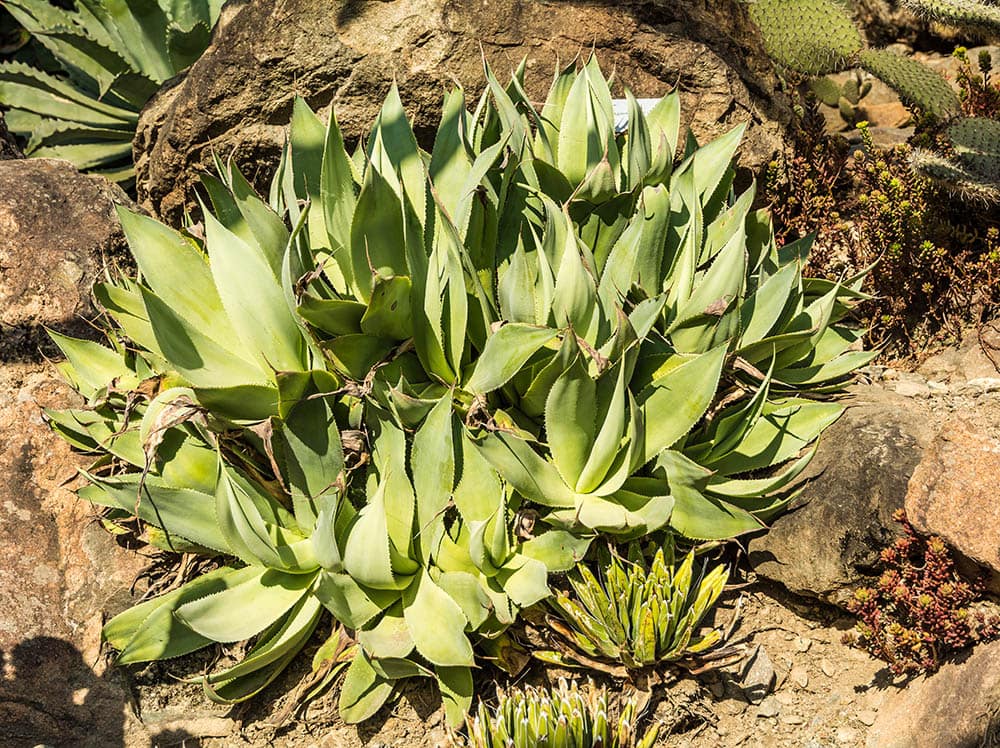
| USDA Hardiness Region | 8 |
| Sun | Full sun to light shade |
One benefit of living in Southern California is that many plants unable to grow in temperate regions can grow here. Shaw’s agave is one example. This plant is native to the Southern California region, meaning it will grow here with no problem.
Shaw’s agave is a great plant if you want to grow in containers specifically. Once grown, its green blades have sharp teeth edges, and flower stems that can be multiple feet tall with beautiful flowers.
- Native to Southern California
- Beautiful
- Ideal for pot gardens
- Difficult to grow outside of pot
13. Tomato

| USDA Hardiness Region | 5–8 |
| Sun | Full sun to partial shade |
Gardens can be beautiful and practical at the same time. Tomatoes, for example, grow wonderfully in Southern California gardens. Not only do tomatoes add a lot of texture to your garden, but they make delicious snacks.
There are many varieties that can grow in the Southern California temperature. Check out a variety of tomato types so you can add more color and texture to your garden.
- Native to Southern California
- Beautiful
- Many varieties to choose from
- Edible
- Can be difficult to master at first
14. Eggplant
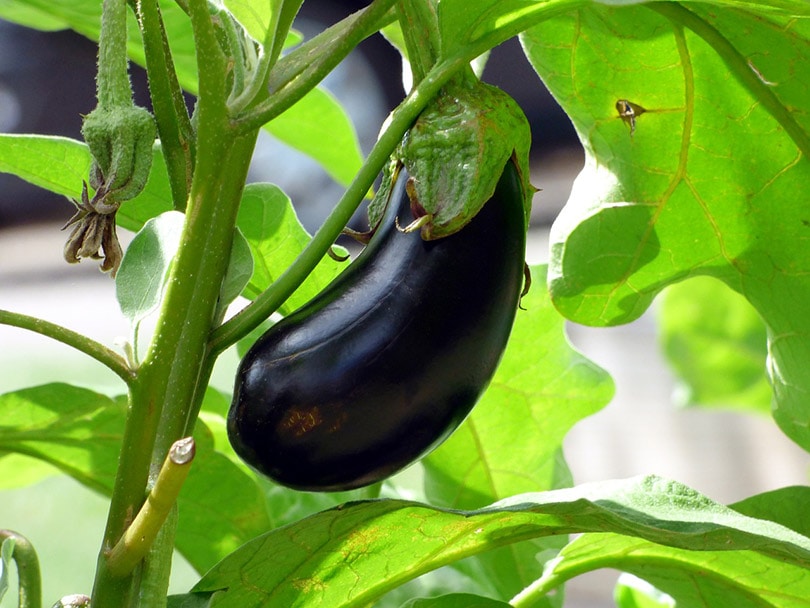
| USDA Hardiness Region | 5–12 |
| Sun | Full sun to partial shade |
Eggplants are a favorite vegetable in Southern California, and with good reason. Eggplants grow wonderfully in this area and do not require much effort. The Rosa Bianca eggplant, for example, is a favorite.
Especially if you live in an area that receives no frost, your eggplant may even become a perennial. As a result, Southern California natives love eggplant because of the minimal effort required for their growth.
- Native to Southern California
- Many varieties to choose from
- Edible
- Not as attractive as other vegetables
15. Herbs
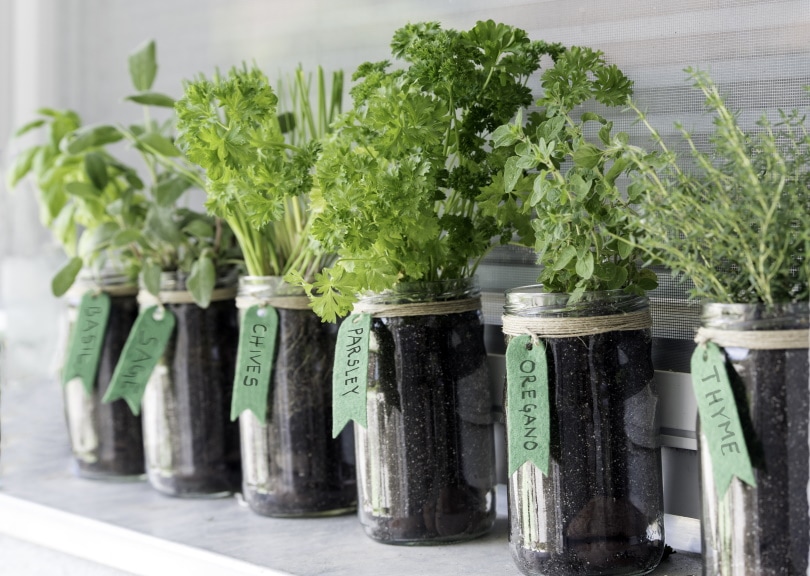
| USDA Hardiness Region | 2–10 |
| Sun | Full sun to partial shade |
No dishes are complete without tasty herbs and seasoning. Instead of purchasing dried herbs, you might as well grow your own. Southern California is a great area for growing herbs, and the herbs will add texture and life to the garden.
Many herbs can flourish in Southern California. Some of the most popular include basil, parsley, thyme, sage, rosemary, mint, and cilantro.
- Can be grown indoors or outdoors
- Attractive
- Easy to grow
- Edible
- Not always the best choice for outside gardens
 Southern California Gardening Tips
Southern California Gardening Tips
Even if you select plants from the list above, there are some tips you will want to keep in mind. These tips will help your Southern California garden flourish.
Only Select Appropriate Plants
Southern California is a relatively harsh environment for many plants. It is too dry and hot for many varieties. Consequently, you should only select plants that can thrive in your area. The plants above are all native to Southern California, which means you can trust these plants to grow.
If you look for plants elsewhere, pay attention to the USDA growing zones, as well as sunset zones. The sunset zone is sometimes more helpful in areas like Southern California for selecting the best plants for your garden.
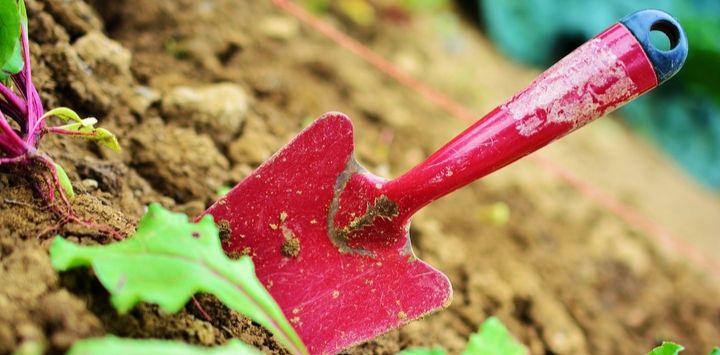
Start Indoors
Whenever you first start gardening, it can be difficult to grow a prolific and healthy crop. This is because growing plants from the seed stage are difficult and require a lot of experience. In outside environments, it’s even more difficult because you don’t get to monitor exactly what condition the seed is growing in.
For this reason, it’s best to start plants indoors inside small containers. This will give you more control over sunlight, temperature, and moisture. Once the plant has taken roots, you can then transplant it into your garden.
Be Selective with Watering
Watering a garden in California can be difficult. You don’t have an abundance of water, but you can’t underwater the plants either. If you want to use as little water as possible, select varieties that are drought resistant.
For all other varieties, be selective in how you water. If you have a small garden, hand watering is the best because it allows you control over how much water you are providing. For larger gardens, try drip watering techniques.
In Conclusion
We hope this article has helped you select some beautiful plants to add to your Southern California garden. Remember, you always want to select plants that are native to Southern California so they can thrive in your area.
For a vibrant and lifelike garden, select many or multiple of the plants above, and make sure to include some plants that will attract pollinators. You will have a gorgeous and living garden in no time if you do these things!
Related Reads:
- 11 Best Vegetables To Grow In Oregon (With Pictures)
- How and When To Plant Lilac Bushes – What You Need To Know
Featured Image Credit: Camera-man, Pixabay
Contents

 Southern California Gardening Tips
Southern California Gardening Tips
